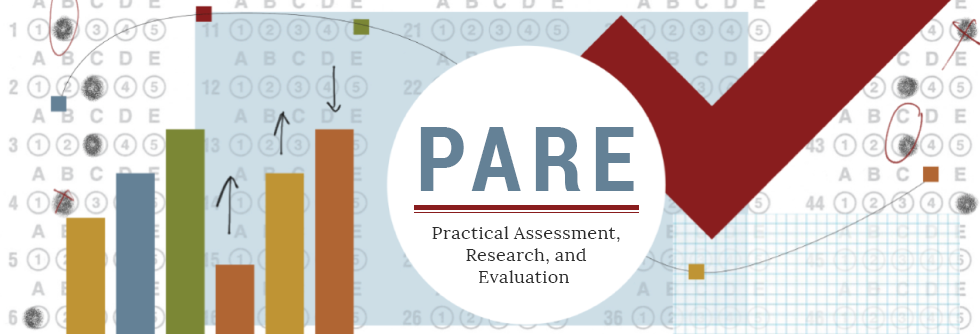Using Regression Mixture Analysis in Educational Research
DOI
https://doi.org/10.7275/wgt2-b390
Abstract
Conventional regression analysis is typically used in educational research. Usually such an analysis implicitly assumes that a common set of regression parameter estimates captures the population characteristics represented in the sample. In some situations, however, this implicit assumption may not be realistic, and the sample may contain several subpopulations such as high math achievers and low math achievers. In these cases, conventional regression models may provide biased estimates since the parameter estimates are constrained to be the same across subpopulations. This paper advocates the applications of regression mixture models, also known as latent class regression analysis, in educational research. Regression mixture analysis is more flexible than conventional regression analysis in that latent classes in the data can be identified and regression parameter estimates can vary within each latent class. An illustration of regression mixture analysis is provided based on a dataset of authentic data. The strengths and limitations of the regression mixture models are discussed in the context of educational research. Accessed 40,971 times on https://pareonline.net from November 28, 2006 to December 31, 2019. For downloads from January 1, 2020 forward, please click on the PlumX Metrics link to the right.
Creative Commons License

This work is licensed under a Creative Commons Attribution-NonCommercial-No Derivative Works 4.0 International License.
Recommended Citation
Ding, Cody S.
(2019)
"Using Regression Mixture Analysis in Educational Research,"
Practical Assessment, Research, and Evaluation: Vol. 11, Article 11.
DOI: https://doi.org/10.7275/wgt2-b390
Available at:
https://scholarworks.umass.edu/pare/vol11/iss1/11
